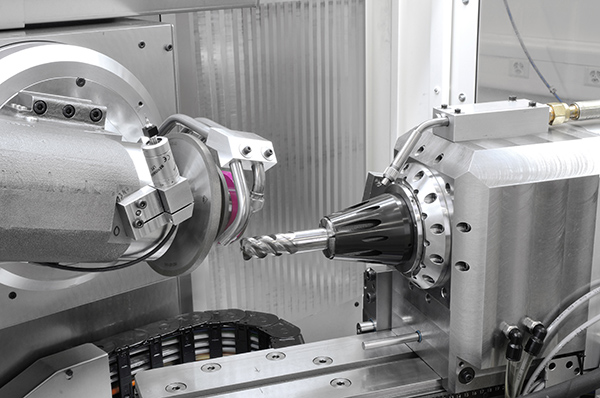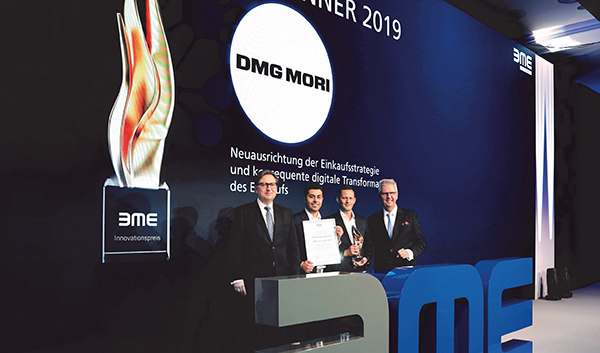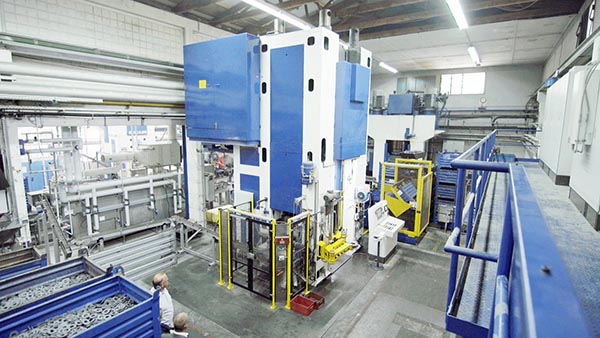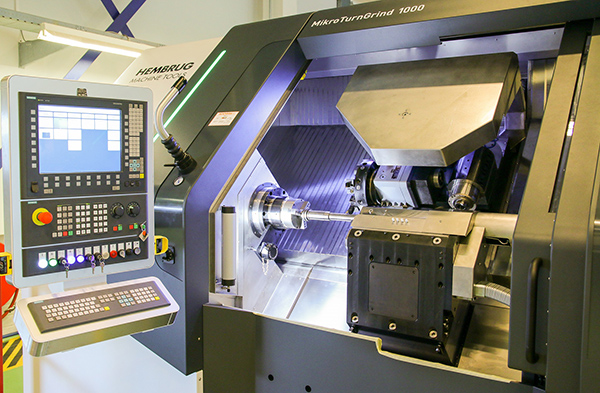Advanced Grinding Solutions (AGS) had no less than 10 of its machine manufacturing partners exhibiting at the recent EMO 2019 exhibition in Hanover: Rollomatic (tool grinders); Bahmuller and Tschudin (internal/external and centreless grinders); HandlingTech (automatic loading systems); Gerber and Magnetfinish (deburring machines); FLP (lapping and fine-grinding machines); Nova (external/internal grinders); Platit (coating machines); and Comat (filtration systems).

Rollomatic showed many tool grinders, including its six-axis 830XW for manufacturing large diameter cutting tools that has a novel combination of hydrostatic guides and linear motors for high levels of surface finish. Also of major interest was the Rollomatic LaserSmart 501 machine for machining PCD, CVD, and natural diamond tools. The 501’s machining speed is stated as being up to four times faster for processing multiple features such as cutting edges, chip breakers, and cylindrical lands in one operation. The machine has four cameras for complete and easy viewing of all laser operations. Rollomatic also used the show to debut its NP50 machine for the grinding of cutting-tool blanks.
Tschudin was exhibiting its latest ‘Cube’ grinder, which is stated as being the world’s smallest CNC centreless grinding machine, while HandlingTech displayed various loaders for machines, including its advanced palletZ and ecoZ models.
Platit exhibited its most flexible coating machine, the Pi 411 Plus, while Gerber focused on three brushing machines for deburring components, including the new Eco-Innovation, which received its worldwide debut.
For further information www.advancedgrindingsolutions.co.uk























